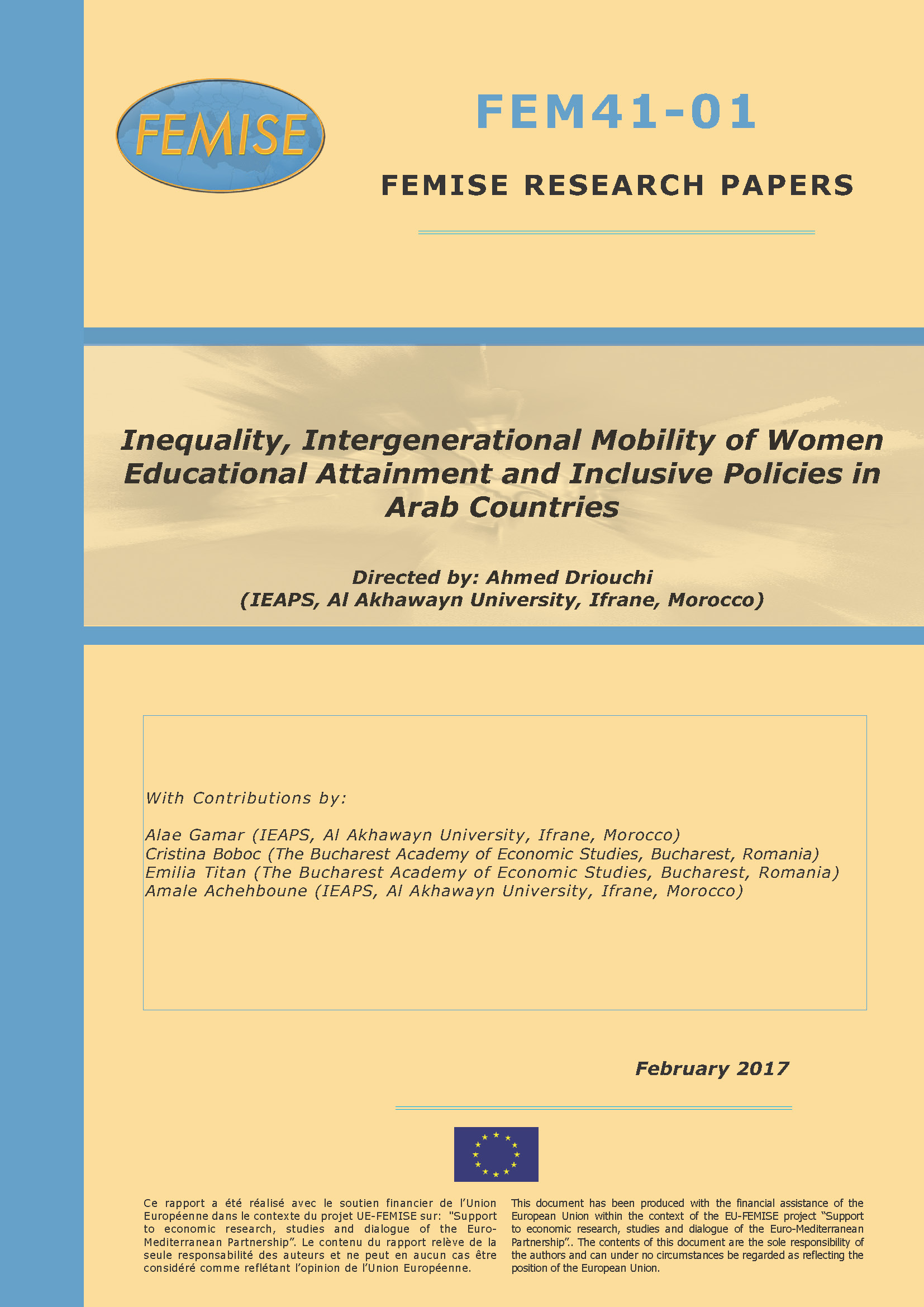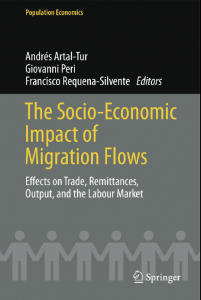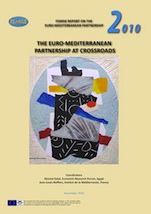 Intergenerational educational mobility refers to the extent to which education attainments are able to change across generations. If there were no intergenerational mobility in education, at all (that is, the intergenerational education elasticity is equal to 1), all poor children would become poor adults and all rich children would become rich adults assuming that higher levels of education lead to higher incomes. In the case of complete intergenerational mobility (the intergenerational education elasticity is close to zero), there would be no relationship between family background and the adult education outcomes. While education inequality can be thought of as an indicator of equality of outcome, the intergenerational education mobility indicator can be thought of as an indicator of equality of opportunity.
Intergenerational educational mobility refers to the extent to which education attainments are able to change across generations. If there were no intergenerational mobility in education, at all (that is, the intergenerational education elasticity is equal to 1), all poor children would become poor adults and all rich children would become rich adults assuming that higher levels of education lead to higher incomes. In the case of complete intergenerational mobility (the intergenerational education elasticity is close to zero), there would be no relationship between family background and the adult education outcomes. While education inequality can be thought of as an indicator of equality of outcome, the intergenerational education mobility indicator can be thought of as an indicator of equality of opportunity.
This paper emphasizes the status of women through the assessment of their intergenerational mobility and inequality in educational attainment in Arab countries. This is based on Barro-Lee per country aggregated annual data (1950-2010) on school attainment. Besides the gains from an extensive literature, the attained results show recent higher trends in education mobility with lower but persistent gender and female inequalities.
Also, intergenerational educational mobility is higher compared the ones assessed over most Eastern and Central European Economies (ECE). This appears also when estimating inequalities and intergenerational mobility for males and females by educational level. Arab countries have been experiencing an increasing trend of educational attainments that are higher most of the time for males than for females. Even with decreasing inequalities, lower equality is observed for females. In addition, an increasing intergenerational mobility is established. But, when related to inequalities, variations between Arab countries show high discrepancies. This implies that the social ladder of social mobility might be less operational than in the past with increasingly highly educated potential job seekers. The Gatsby curves confirm these results over most Arab countries but show their limited use for ECE economies.




